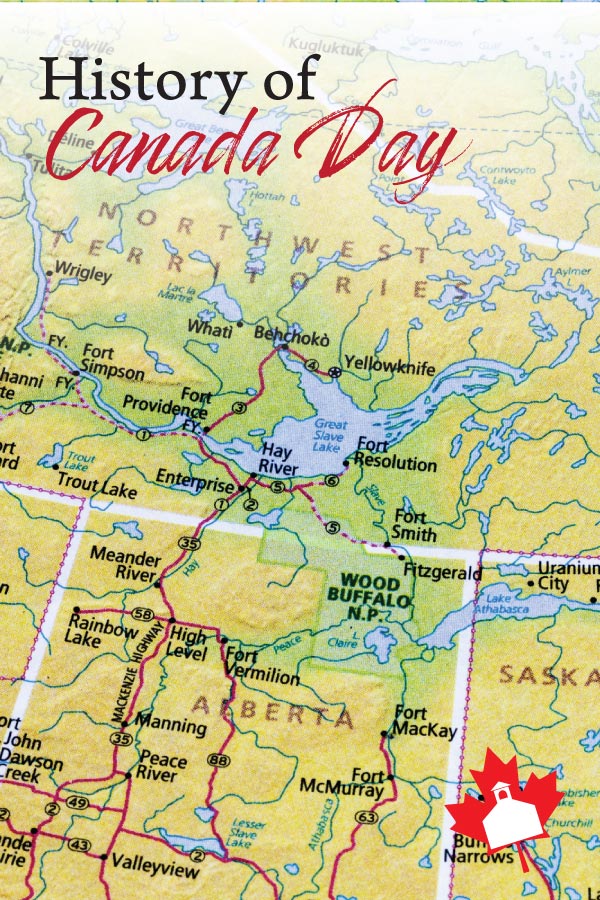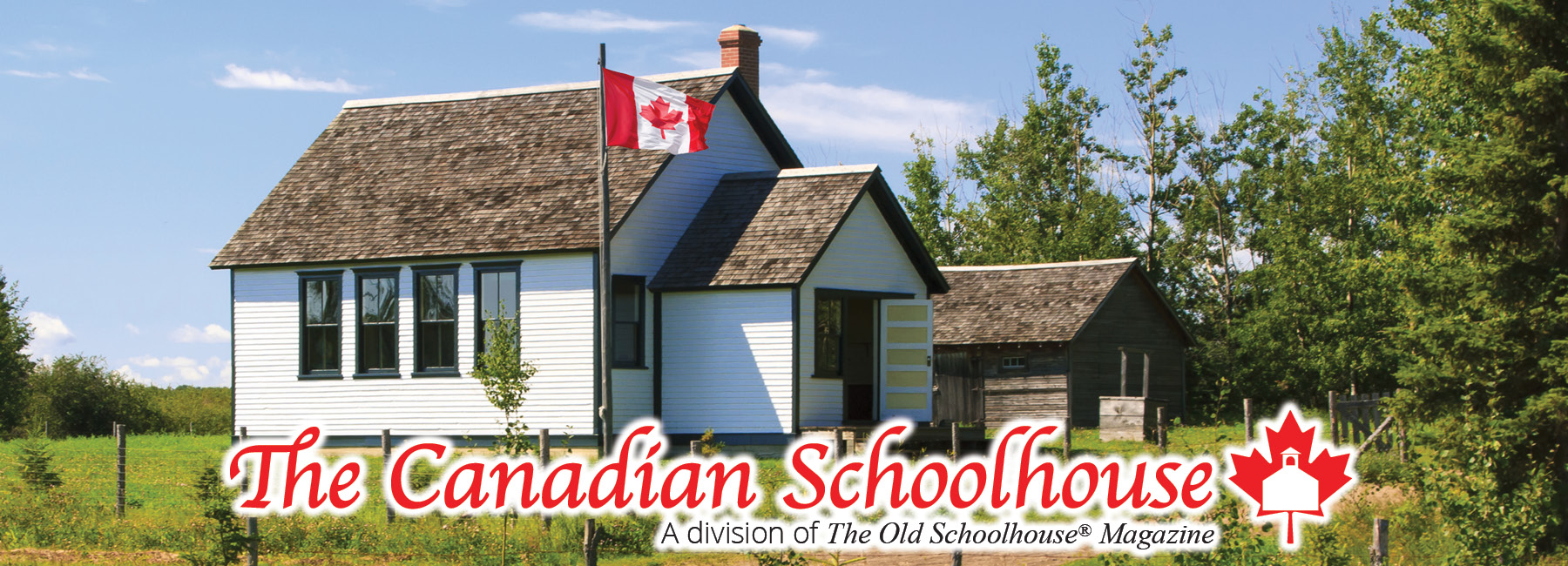
O Canada! How did we get to celebrate this wonderful occasion? While our history may not be extensive like some, our country still has a story to tell! We are built on Aboriginal, British and French roots that have become ingrained in part of who we are as a nation. As a result of these roots, we have been shaped over the years into an independent nation and are now blessed to have influences from all over the world.
In this article, we will look at where we came from and how we came to celebrate July 1 as Canada Day.
A Brief Look at How We Started
In 1535, when explorer Jacques Cartier arrived, he heard the word “kanata,” which was the Huron-Iroquois word that meant “village” or “settlement.” Though the word only described a specific village (now known as present-day City of Québec), Cartier thought the word was the name of the entire land that was in control of the chief of the tribe. So Cartier used the name “Canada” to describe the land he had discovered.
In 1547, “Canada” applied to everything north of the St. Lawrence River. This area grew to the west and the south by 1616, due to further exploration and fur trading.
The first time the name Canada was officially used was in 1791 when Québec was divided into Upper Canada and Lower Canada. In 1841, these two colonies were united under the name The Province of Canada.
The Creation of Canada Day
On July 1, 1867, the British North America Act was established. Under this act, the provinces of Canada, Nova Scotia, and New Brunswick became “one Dominion under the name of Canada.” The original Province of Canada was divided into the provinces of Québec and Ontario during this time as well.
On June 20, 1868, Governor General Lord Monck signed a proclamation that requested all British subjects of Her Majesty across Canada to celebrate on July 1.
In 1879, the Anniversary of Confederation on July 1 (which later became known as Dominion Day) became a statutory holiday.
The British North America Act was Canada’s “constitution” until it was officially renamed The Constitution Act of 1867, which became the basis for the Constitution Act of 1982. At this time, the British Parliament authority was officially transferred to the independent Canadian Parliament. On October 27, 1982, Dominion Day officially became Canada Day.

Time to Celebrate!
On the 50th anniversary of the Confederation (July 1, 1917), the Parliament buildings were dedicated to the Fathers of Confederation as well as the courage of Canadians who fought in Europe during World War 1.
Ten years later in 1927, the Peace Tower Carillon was founded. Governor General Viscount Willingdon laid the cornerstone for the Confederation Building on Wellington Street on the 60th anniversary of the Confederation.
Between the years 1958 to 1968, the Canadian government organized yearly celebrations for the national holiday. A typical celebration would include a flag ceremony in the afternoon on the lawns of Parliament Hill and a sunset ceremony in the evenings, followed by a concert of music by the military and fireworks.
For the 100th anniversary of Confederation, Her Majesty Queen Elizabeth II participated in the festivities.
Between the years 1968 to 1979, the celebrations at Parliament Hill were broadcasted on television across the country. The Festival Canada celebrations are held in the National Capital Region all throughout the month of July and include many cultural, artistic, and sports activities with participation from many cities and associations.
From 1980 to 1983, a move to encourage and financially support local celebrations across Canada was made. Funding was provided to support popular activities, and volunteer organizations who were interested in participating in the Celebrate Canada program were now allowed to make requests. In 1981, the tradition of fireworks began with 15 major Canadian cities.
The National Capital Commission was given the mandate to organize Canada Day festivities in the capital in 1984.
In 2010, Her Majesty Queen Elizabeth II and His Royal Highness the Duke of Edinburgh joined the festivities to celebrate Canada's 143rd anniversary. In the following year, their Royal Highnesses Prince William and Catherine, the Duke and Duchess of Cambridge, participated in Canada Day festivities for Canada's 144th anniversary.
For the 150th anniversary of Confederation, The Prince of Wales and The Duchess of Cornwall joined in the festivities on Parliament Hill to mark this milestone anniversary with Canadians. Celebrations were held from coast to coast.
It may not be thought of often, how and when all these things happened to get us to where we are today, but it certainly shows that it is indeed significant to us as Canadians, and that we should celebrate with pride, just like our forefathers.
So on Canada Day this year, get excited and celebrate this wonderful country that we live in!
This article has been written by homeschooling staff writers of The Canadian Schoolhouse (TCS). Enjoy more of our content from TCS contributors and staff writers by visiting our Front Door page that has content on our monthly theme and links to all our content sections.






















